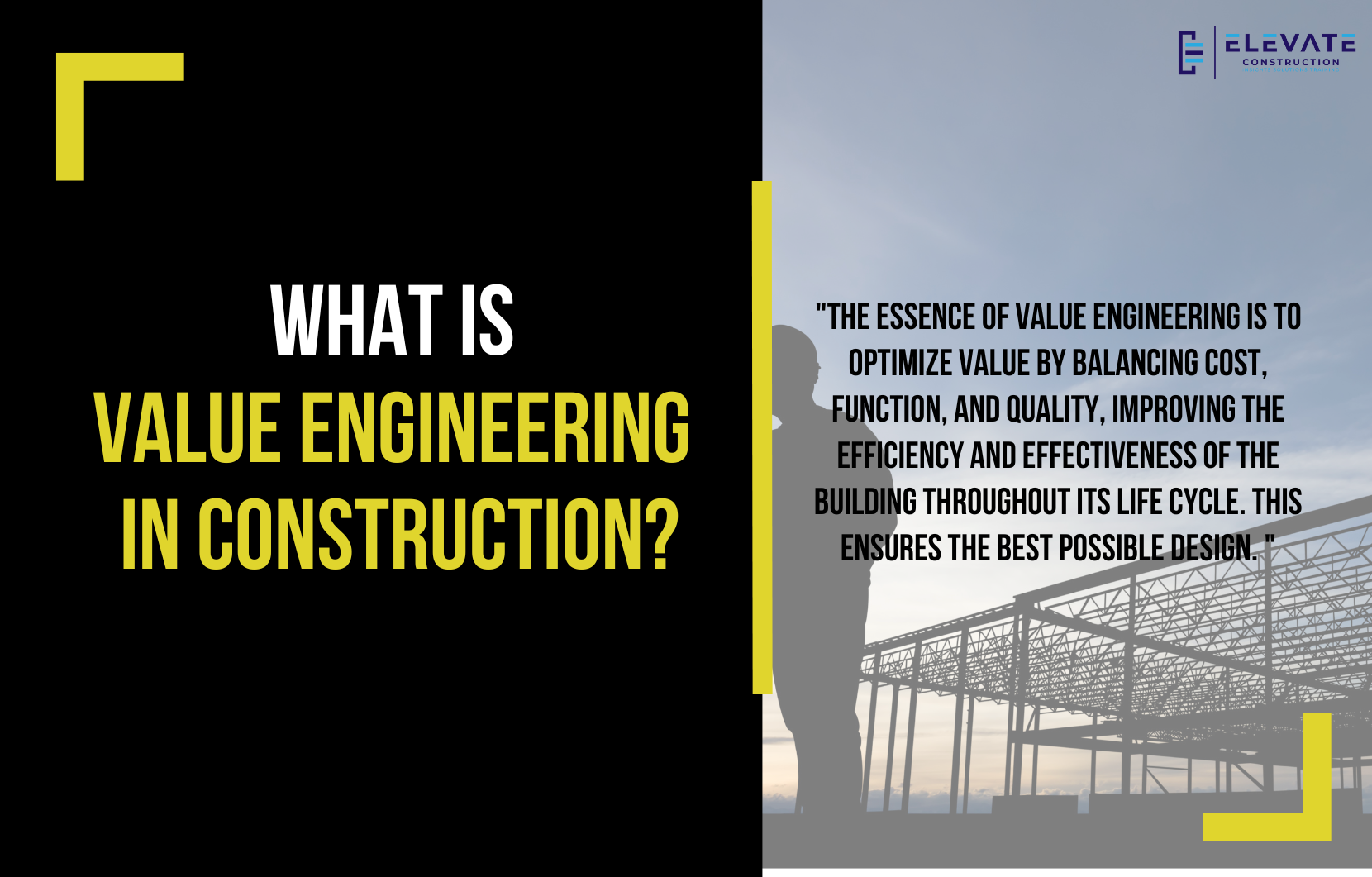Sometimes we think that giving recognition at work is too much of a silly subject, and we’re scared of it. But is there a way that we can do it comfortably? Is it appropriate at work? I get asked all the time, “How can I give recognition at work?” You, my friend, have come to the right place.
The Importance of Recognition
First and foremost, it’s crucial to understand that everyone wants recognition. Every single person. Even the toughest-looking person with a seemingly intimidating exterior desires recognition, love, and kindness. Human beings naturally crave recognition. Studies have shown that you can motivate someone at least ten times as effectively through recognition and positive reinforcement as through punishment and consequences.
The Purpose of Giving Recognition at Work
One of the best lessons from the book “How to Win Friends and Influence People” is that we can be hearty in our approbation and lavish in our praise. I’m not talking about insincere praise or flattery, but honest and sincere recognition. We need to make this a culture. If you really want to amplify the motivation of your team, it’s a game changer.
Every year since 2007, I’ve read “How to Win Friends and Influence People” to understand how people want to be talked to, the right way to approach others, and what’s important to the people I work with. It has been a game changer. Whether you read “How to Win Friends and Influence People,” “The Go-Giver,” “The Leader Without a Title,” or follow Simon Sinek, aim to have a positive impact on others.
The Truth About Constructive Criticism
There is no such thing as constructive criticism. It only tears people down. What we should have are praise, compliments, and feedback for improvement. For example, if someone is working towards a goal and makes a step forward, you can give them a compliment. If it’s before they took that step, it’s feedback for improvement. The difference is the timing—before or after their growth.
How to Give Sincere Recognition at Work
Sincerity is key when giving compliments. What we don’t typically do is notice the positive actions of others. If we’re always boxed in, typing emails, thinking about our own projects, and siloed away from everyone, we’re not noticing. To get good at providing recognition, you must start noticing and being interested in others.
Advanced leaders build people, and those people get things done. When you focus on people, it’s easy to notice when they’re doing a great job. Praise, recognition, and feedback for improvement will become natural. Make your recognition sincere, notice the actions, and practice giving it.
Practical Tips for Giving Recognition
- Label the Behavior: Instead of saying, “You are awesome,” which attaches it to their identity, say, “Your work is awesome.” This detaches it from them personally and attaches it appropriately to their behavior.
- Provide Details: When giving a compliment, explain why you’re giving it. For example, “When you did this, it really impressed the client and exceeded expectations.” This makes the recognition feel sincere and real.
- Make Eye Contact: You don’t have to be overly intimate, but looking at someone and delivering recognition sincerely is effective.
- Include Recognition in Meetings: Put recognition and positive shoutouts on the agenda for your meetings. Normalize giving praise as a regular part of your work culture.
How to Practice Giving Recognition
If you’re going to give someone feedback or recognition, practice it. For example, say, “I really like the way you handled that project.” Be detailed and explain why you noticed it and what others are saying about it. This shows sincerity and makes the person feel valued.
People don’t start doing great work because they’re lazy. If no one appreciates their extra efforts, why would they continue? Recognition is huge for motivation.
Making Recognition a Habit
In our company, Elevated Lean Takt, we’ve made recognition a routine. We do shoutouts every day, give awards every Monday, and always praise people in meetings. It’s become a natural part of our culture because we started it, made it a habit, and normalized it.
The Impact of Recognition
This isn’t just a good idea; it’s a game changer. Recognizing each other can mend hard feelings, heal relationships, and create a sense of belonging in a team. It’s amazing to see a dysfunctional team transform when they start giving and receiving recognition.
If you want to learn more we have:
-Takt Virtual Training: (Click here)
-Check out our Youtube channel for more info: (Click here)
-Listen to the Elevate Construction podcast: (Click here)
-Check out our training programs and certifications: (Click here)
-The Takt Book: (Click here)
Discover Jason’s Expertise:
Meet Jason Schroeder, the driving force behind Elevate Construction IST. As the company’s owner and principal consultant, he’s dedicated to taking construction to new heights. With a wealth of industry experience, he’s crafted the Field Engineer Boot Camp and Superintendent Boot Camp – intensive training programs engineered to cultivate top-tier leaders capable of steering their teams towards success. Jason’s vision? To expand his training initiatives across the nation, empowering construction firms to soar to unprecedented levels of excellence.
On we go!










